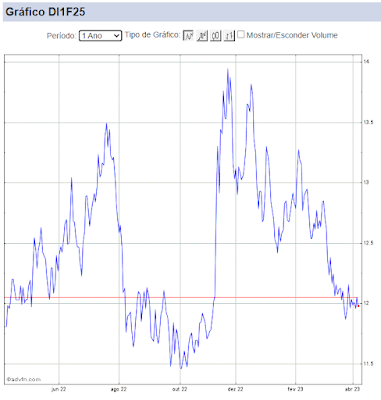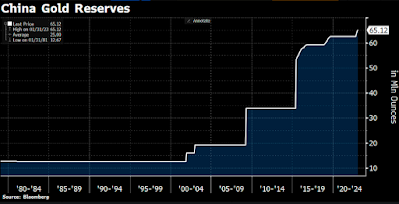Dia de recuperação.
Os ativos de risco estão dando sinais de recuperação está manhã, mas em movimentos ainda tímidos e incipientes. Com a “espada” do Brexit ainda “na cabeça”, evemos ter dias voláteis e poucas tendências definidas. O índice da Bloomberg que mede a probabilidade do “Leave” recuou marginalmente essa manhã, saindo de 43% para 40%.
Na China, os dados de crédito de maio apresentaram sinais de arrefecimento, com o M2 recuando de 12,8% YoY para 11,8% YoY, abaixo das expectativas de 12,5% YoY. O Aggregate Financing apresentou alta de $660b, muito abaixo das exepcatativas de $1000b. O número confirma o que já foi sinalizado recentemente por autoridades do país, ou seja, não existe espaço para medidas adicionais de expansão do crédito. O país precisar focar em reformas estruturais, nem que isso custe um menor crescimento no curto-prazo. Eu mantenho um viés mais cauteloso com relação ao país, já que espero um crescimento estrutural mais baixo nos próximos anos, com riscos crescentes à estabilidade financeira.
O grande destaque do dia ficará por conta da decisão do FOMC nos EUA. O mercado espera apenas alterações marginais no comunicado e nos “dots” que serão divulgados após a reunião. Yellen deve manter um discurso de pouco comprometimento com uma alta de juros, praticamente descartando uma alta em junho, mas deixando a porta aberta para uma alta em julho (ou depois). Será fundamental observar se houve alguma mudança relevante nas expectativas de juros de curto e longo-prazo.
No Brasil, o Conselho de Ética da Câmara derrotou Eduardo Cunha, que ficou a poucos passos de perder o seu mandato. Na Operação Lava-Jato, o STF negou o pedido de prisão dos caciques do PMBD.
No campo econômico, os jornais estão afirmando que o governo foi obrigado a desidratar a PEC do gasto público, afim de torna-la politicamente mais viável.
Retornando ao cenário externo, gostaria de reproduzir a visão do Morgan Stanley, que passa muito bem minha sensação em relação ao cenário externo:
More than Brexit. Commodity markets have remained under selling pressure with oil breaking significant chart levels ($50.20) while sovereign bonds see an increasing amount of outstanding bonds providing negative yields. An easy interpretation calling ‘Brexit fears’ the elephant in the room may not be sufficient to cause the significance of current market developments. Yesterday, the VIX reached a 4-month high and EMU’s financial institutions lead the equity markets selling list, as global yield curves underwent a bullish flattening move. It is the powerfulness of the bond market flattening trade suggesting that the problem goes beyond Brexit. Investors might be too focused on Britain, not looking into other parts of the global economy and the messages received from here.
AXJ under the radar. China’s weakening fixed asset growth suggests that a slowdown is underway for this supply-driven economy. China participates in 12% of global trade, with the UK a mere 3.3% and EU 32%. For us it is due to China's supply orientation that a significant decline of European demand could have an impact on the problems of overcapacity in China. Since April, China demand dominated commodities have declined. We count iron ore, aluminium, nickel, concrete and copper in this group of commodities with China accounting for around 50% of total demand. With the supply side for these commodities not having seen significant short-term changes it seems demand volatility is determining price trends. The recent price decline suggests that global demand for these commodities has weakened. EM and commodity currencies should see further medium term weakness.
The message of lower yields. The market will be able to see more clearly once the dust of the ‘Brexit’ vote has settled . Should bond yields stay under downside pressure the consensus will adapt to our view suggesting that demand and supply of capital is undergoing significant shifts which will keep bond yields offered. Demand for capital will decline as overcapacity has reduced the need for capital intensive fixed asset investments. Supply of capital will increase as high global debt levels combined with lower returns of investments will lead to savings, increasing balance sheet consolidation. Savings will increase at the expense of consumption in regions where the debt overhang is most significant and return of assets the lowest. We think that AxJ will make significant contributions to global savings, first depressing local AxJ sovereign yields and secondly pushing its currencies lower. Lower global bond yields trading near zero yield may lead to a significant change in how currencies are going to trade. The past was all about nominal yield differentials. The future will be about real rates and yields which could push currencies despite otherwise weak fundamentals higher with falling inflation expectations becoming the main reason for higher real rates.


Comentários
Postar um comentário